May 30, 3016 – The Huffington Post
One morning, in 2012, my wife and I were viewing the footage from a CCTV camera, setup in our son’s bedroom. Our son is called Tom. Tom suffers from Dravet syndrome, a rare genetic epileptic dysfunction of the brain, and most seizure activity occurs at night-time. Tom had a seizure alarm under his mattress that detected movements during a tonic-clinic seizure and an audible monitor to detect any gasps or noises.
It was during this playback, that we discovered we had missed a prolonged seizure that occurred during the night. Tom’s movements were not enough to activate the under mattress alarm and he had his face buried in his pillow, so no noise was picked up. We could have lost him. It was a terrible concern and so we set about researching monitoring systems to see if there was something that could sufficiently meet Tom’s needs.
After a great deal of research, we discovered that no system on the market could accurately detect the onset of a seizure in Tom. We decided to try and design our own. We looked for one constant symptom that existed when Tom had any kind of seizure. From a previous conversation with Tom’s consultant, following a telemetry EEG, she explained that when Tom had a seizure, his heart rate increased dramatically.
Using this information, we decided to develop PulseGuard™, a monitor that would detect Tom’s heart rate and transmit it wirelessly to a device monitoring and providing an alarm if Tom’s heart rate increased or decreased, so that we would not only be alerted if Tom was having a seizure, but also be given peace of mind in early detection of the onset of SUDEP (sudden unexpected death in epilepsy), and give him the best chance of survival.
PulseGuard™ successfully alerted us to every one of Tom’s seizures within the first two years of trials. Whilst talking to Tom’s consultants, other Epilepsy professionals and parents, it was very clear that a lot of people were interested in having an alarm system that seemed to be as accurate as it was proving, but this would mean throwing everything we had into it.
After a while, we had a call from a friend, who gave us the tragic news that they had lost their child to SUDEP. Knowing about Tom’s PulseGuard™, he said that with the monitor, their child could still be alive. It was this heart-wrenching event that caused us to reconsider. In February 2014 we decided to set up Adris Technologies, as a family run community interest company, developing and marketing the system so that others could benefit from our technology. We launched PulseGuard™ to the public in November of 2014.
Eighteen months on and word of PulseGuard™ is spreading as we look to move forward into new medical areas and technological development. Epilepsy was the prime source, but since putting PulseGuard™ into the open market, we’ve seen uses for any condition that induces a heart-rate or cardiac change. PulseGuard™ is now being used for Type 1 Diabetes, where the most common cause of death is hypoglycaemia in their sleep, and End of Life. Our system can alert family or carers, and now using our new Link module, telecare providers, if the sufferer is slipping into a diabetic coma due to the sudden decline in heart-rate.
The Link module is our latest development, thanks to funding from Nominet Trust, we are developing a system that can be used in nursing homes and individual care establishments. We can now connect individual PulseGuard™ systems into anything else! Be it a standalone pager that a parent could use, a red button system in a nursing home or hospital, to an assisted living telecare service that will alert a central station when PulseGuard™ is activated so help can be provided.
From launch, we’ve gone from zero sales to averaging 20 per month, and from individual sales to parents, for example, to county council and telecare providers. Professional organisations are now using PulseGuard™ as an everyday product to help reduce care costs and to improve detection and support for people at risk. People, who depend on very close monitoring, have a better degree of independence. For example, someone who suffers from frequent seizures, would have to be accompanied if they had a bath or shower. Now, wearing PulseGuard™ they can have some privacy as their carer now stands outside, monitoring any oncoming seizures.
Our main challenge in developing the company and PulseGuard™ is finding new funding sources. With the exception of the Nominet Trust grant, we are a self-funded company, relying on the profits of our sales to re-invest into developments and research. PulseGuard has so much more potential that we could unlock in order to help save lives and give more families peace of mind when caring for a loved one. We are amazed every day that what we’ve produced out of love and care for our son, is benefiting so many other people in ways we could never imagine.



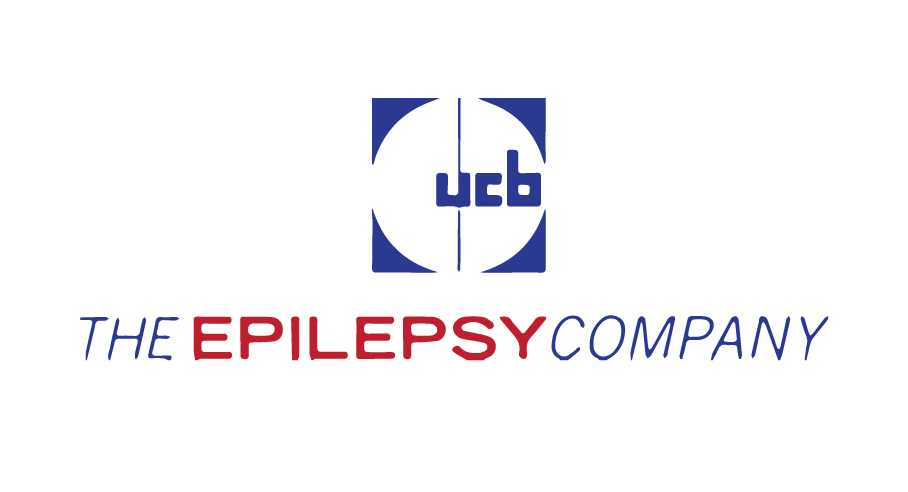



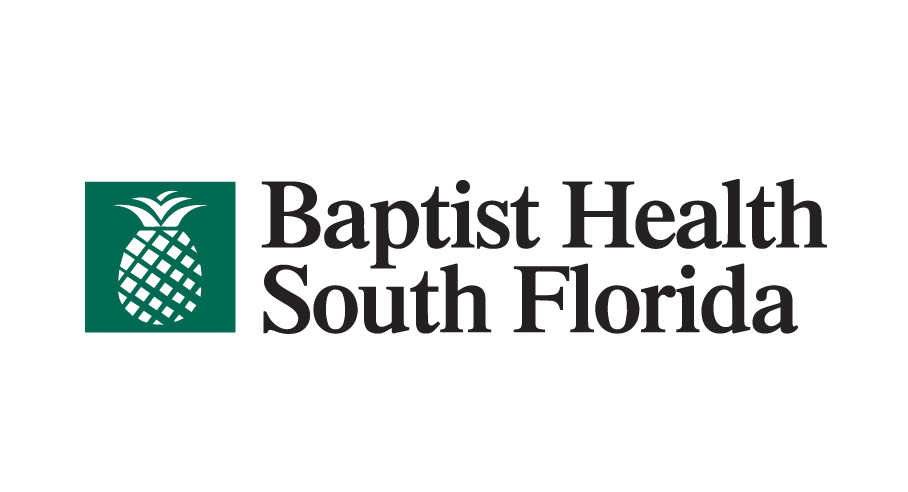


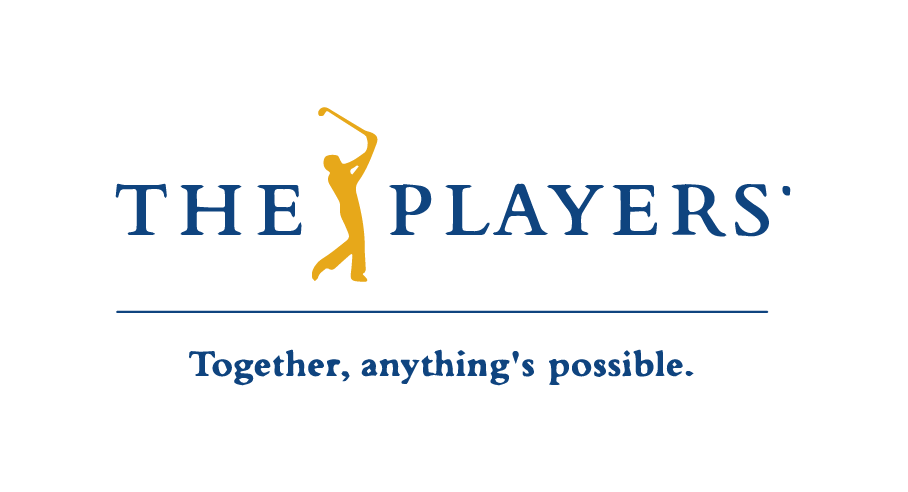




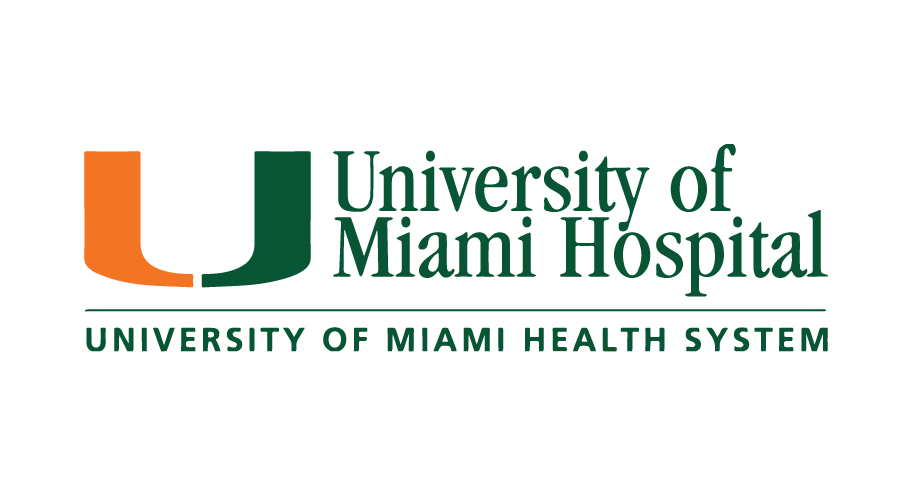







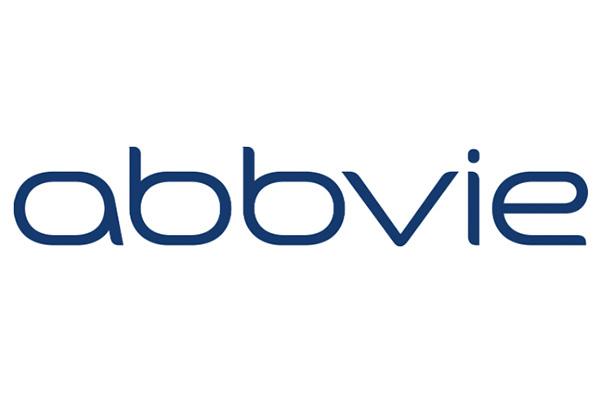












Post a comment